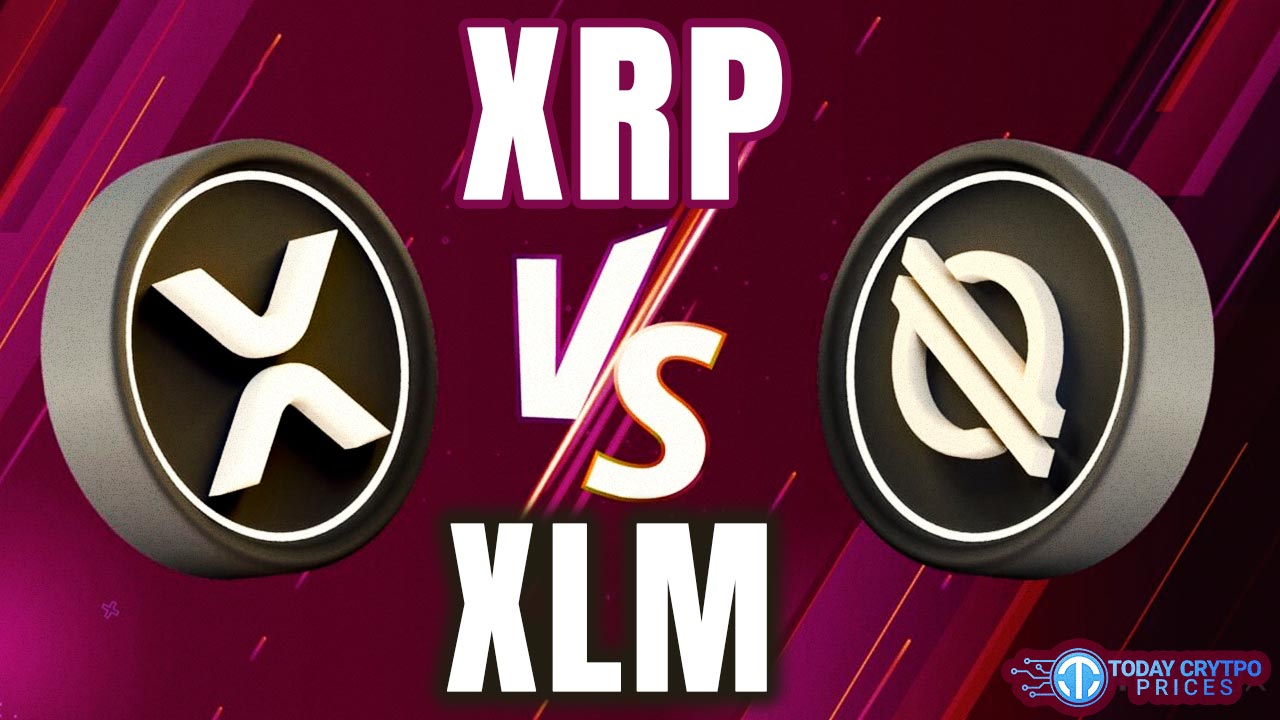XRP or XLM: Unveiling the Distinctions in Cryptocurrency
As digital currencies continue to reshape the financial landscape, understanding the nuances between prominent cryptocurrencies like XRP and XLM becomes crucial. At SportsDesigns.com, we delve into their unique traits, potential applications, and the impact they hold in the crypto sphere.
Introduction
Cryptocurrencies, led by giants like Bitcoin, Ethereum, and Ripple (XRP), have revolutionized finance. Amidst this realm, XRP and Stellar Lumens (XLM) stand out as significant players. While both aim to streamline financial transactions, they have distinct features that set them apart.
XRP: Unraveling Ripple’s Power
What Is XRP?
XRP, backed by Ripple, is renowned for its rapid transaction speeds and low fees. Its primary focus is on facilitating swift, cost-effective cross-border payments for financial institutions.
Unique Features of XRP
XRP’s consensus mechanism, the Ripple Protocol Consensus Algorithm (RPCA), sets it apart. Its ledger can process transactions in seconds, making it a preferred choice for banks and financial institutions worldwide.

XLM: Understanding Stellar Lumens’ Potential
Understanding XLM
Stellar Lumens (XLM), developed by Stellar, shares similarities with XRP but has a different target audience. It aims to bridge gaps in global remittances and empower individual users, focusing on financial inclusion for the unbanked.
Standout Traits of XLM
XLM’s decentralized network and consensus protocol allow faster, cheaper transactions. Stellar’s aim to create an inclusive financial ecosystem for everyone distinguishes it from other cryptocurrencies.
Comparison: XRP vs. XLM
Transaction Speed and Scalability
XRP boasts incredible transaction speeds, processing thousands of transactions per second, while XLM follows closely behind, ensuring rapid settlements with nominal fees.
Use Cases and Target Audience
XRP predominantly caters to financial institutions, emphasizing its utility in global remittances. In contrast, XLM targets both institutions and individuals, promoting financial accessibility across the globe.
Technology and Governance
XRP operates with a centralized approach through Ripple Labs, whereas XLM takes a decentralized stance under the Stellar Development Foundation, highlighting differing philosophies in governance.
Conclusion
In the world of cryptocurrencies, the choice between XRP and XLM often depends on specific needs and philosophies. While XRP focuses on institutional utility, XLM aims for broader inclusivity.
FAQs
What sets XRP and XLM apart from other cryptocurrencies?
Both XRP and XLM focus on facilitating fast and cost-effective transactions. XRP primarily targets financial institutions, emphasizing cross-border payments, while XLM aims for broader inclusivity, targeting both institutions and individuals.
How do XRP and XLM ensure transaction security?
Both cryptocurrencies utilize advanced technologies. XRP uses the Ripple Protocol Consensus Algorithm (RPCA), while XLM employs the Stellar Consensus Protocol (SCP). These consensus mechanisms ensure secure and reliable transactions.
What makes XRP suitable for institutional use?
XRP’s partnership with Ripple has led to its adoption by numerous financial institutions globally. Its rapid transaction speeds and scalability make it an ideal choice for institutions seeking efficient cross-border transactions.
Can individuals benefit from XRP and XLM?
While XRP primarily serves institutions, XLM focuses on promoting financial inclusivity for individuals worldwide. Its goal is to facilitate cross-border payments and provide banking services to the unbanked population.
How do XRP and XLM tackle scalability issues?
Both cryptocurrencies address scalability through their consensus mechanisms. XRP’s ledger can handle a high volume of transactions per second, while XLM’s decentralized network ensures efficient scalability.
